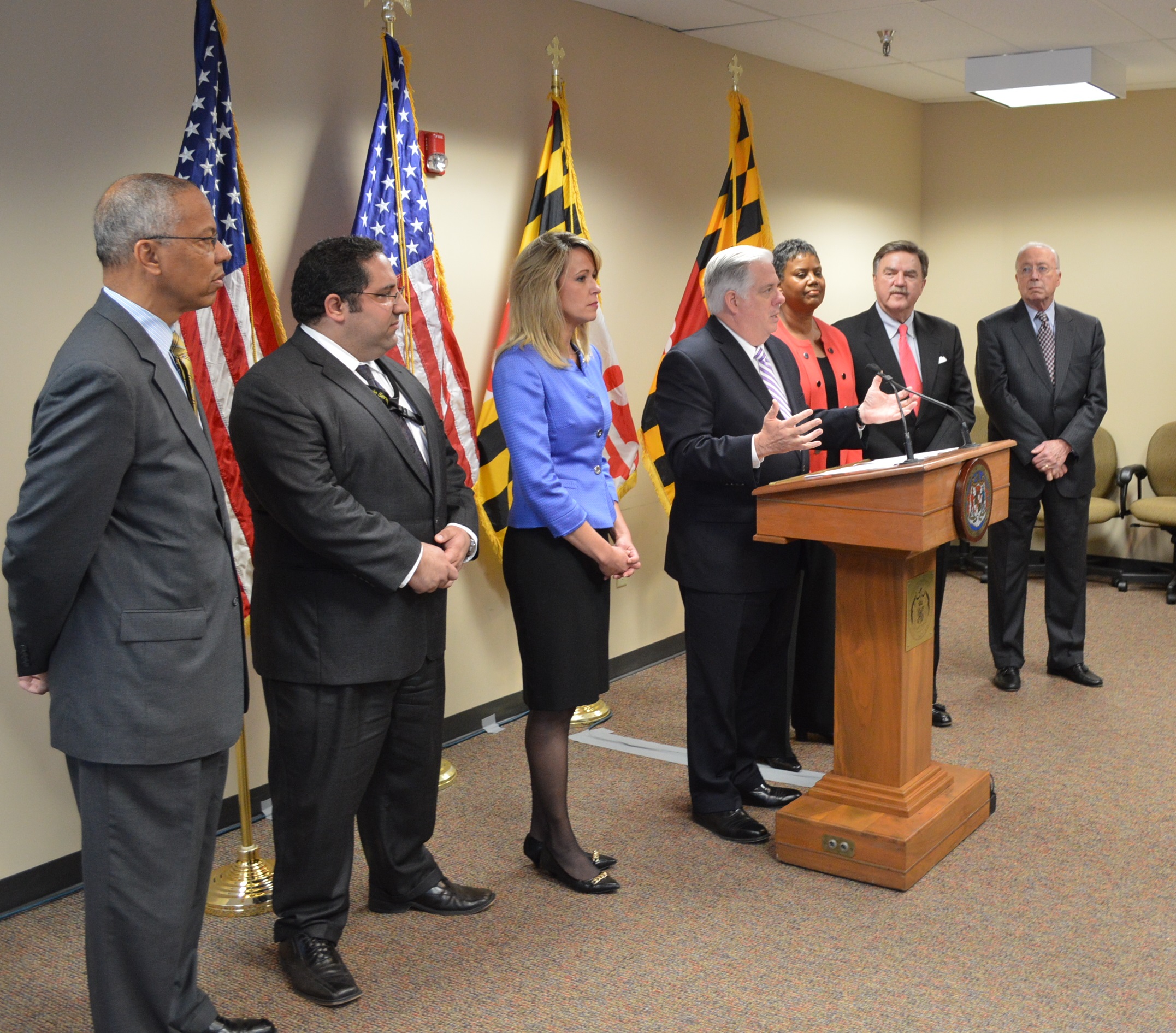By Len Lazarick
Len@MarylandReporter.com
The campaign for governor is about a month old, and so far it has been largely preoccupied with the past. What did Bob Ehrlich do in his four years as governor? What has Martin O’Malley done?
It looks like we’re going to have to wait awhile until we get some concrete proposals for dealing with the next two years, which promise to be even more fiscally daunting for the state than the past three. Ehrlich has indeed promised to roll back the sales tax and government regulations – but he hasn’t really said how he will do that and balance the budget at the same time.
While we’re waiting for the candidates’ visions of the future, we’ll have to settle for their versions of the past. O’Malley has been reasonably accurate about his own accomplishments – including having the leanest budgets in the last 50 years. But a campaign ad he aired has been off the mark in some of his comments about Ehrlich’s spending.
My colleague Doug Tallman at The Gazette of Politics and Business has done a good job of fact-checking these issues, though I have repeatedly argued that the focus of debate needs to be on the total budget, not just the general fund. Tom LoBianco also debunked some of O’Malley’s claims on WYPR.
O’Malley’s ad says Ehrlich’s claim of leaving a surplus behind is a “fairy tale.” The ad even uses a sound clip from Ehrlich’s budget director Cecilia Januszkiewicz to refute the claim.
“I am offended by the ad because my voice implies that I agree with the ad which I don’t,” said Januszkiewicz. In the clip, CJ, as Ehrlich called her, is recorded testifying at a 2006 hearing on Ehrlich’s fiscal 2007 budget. She’s discussing plans to put aside $1 billion for the following year, which technically counts as spending.
She told legislators what the administration planned to do with a billion dollars in the rainy day fund. The money was being left unspent in order to balance the following year’s budget.
O’Malley beat Ehrlich, and then used the money Ehrlich had set aside to balance the budget, much as Ehrlich might have done. But the spending counted against Ehrlich, not O’Malley.
“O’Malley must think saving money in a Rainy Day Fund doesn’t count as surplus,” CJ said in an e-mail. “If only O’Malley had left $1 billion (regardless of what you call it) for the next governor. Instead, every cupboard is bare. The next governor won’t have the $1 billion cushion O’Malley inherited. In fact, there are no cushions left for the next governor because O’Malley has raided every special fund there is.”
The Democrats have been portraying Ehrlich as a “big spender” since at least January when party workers handed out a leaflet with the charge at a “tea party” rally on the opening day of the General Assembly.
But what of O’Malley’s claim, repeated again last week, that Ehrlich’s first term saw the biggest spending increases of any governor in Maryland history?
“That’s a fact,” O’Malley told a Democratic dinner in Howard County Thursday. “It’s hard to run away from that fact.”
In terms of dollar increases, without adjusting for inflation, that’s an accurate statement. Ehrlich’s budget went up $6.3 billion in four years, and while the Republican likes to point out that included big increases in aid to education, only $1.5 billion in that spending increase was for public schools.
As retiring Sen. Lowell Stoltzfus, the Republican leader and budget committee member, pointed out in an interview in February, Ehrlich “restrained the budget until the last year, and then it went up too much. That was very sad, that was unfortunate.”
If you take out the amount Ehrlich left in the rainy day fund for the following year, then Ehrlich’s spending was below that of Gov. Parris Glendening’s record $5.7 billion in increases during the previous four years. That’s a pretty complicated argument to make, and that’s not what the total budget numbers show.
So if O’Malley passed “record” tax increases in 2007 – though they actually raised less than estimated at the time – then Ehrlich had “record” budget increases.
As a story last week pointed out, Ehrlich’s increases were not the largest percentage increases in spending, even when adjusted for inflation. Several Democrats who preceded him had higher percentage increases in one of their terms, and Gov. Marvin Mandel had the highest in his 10 years.
Left unanswered in the debate about Ehrlich as the big spender is what will either man do next year, with all the reserves gone, no budget cushion, and another big federal stimulus program to bail out the states less likely.





Recent Comments